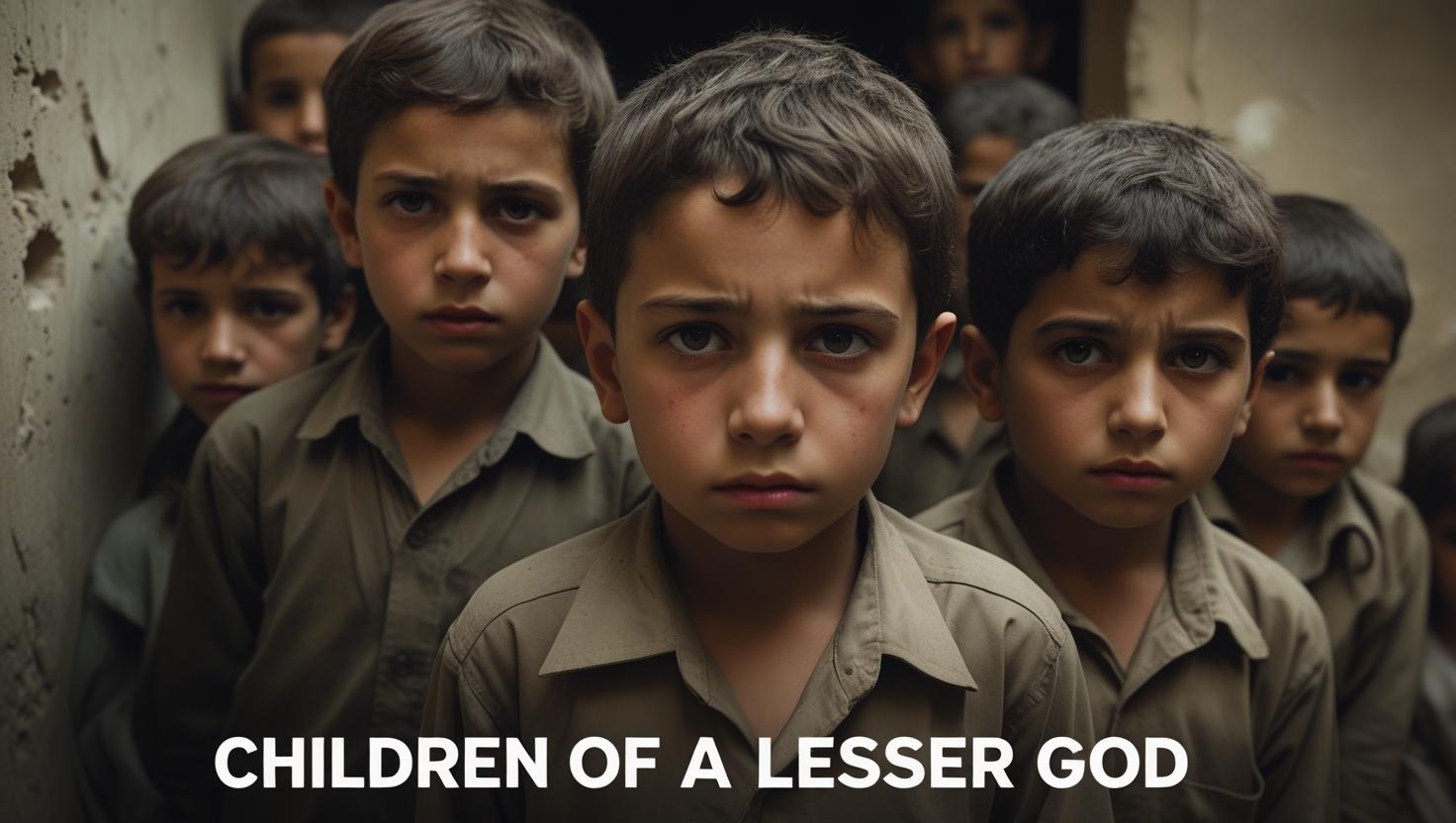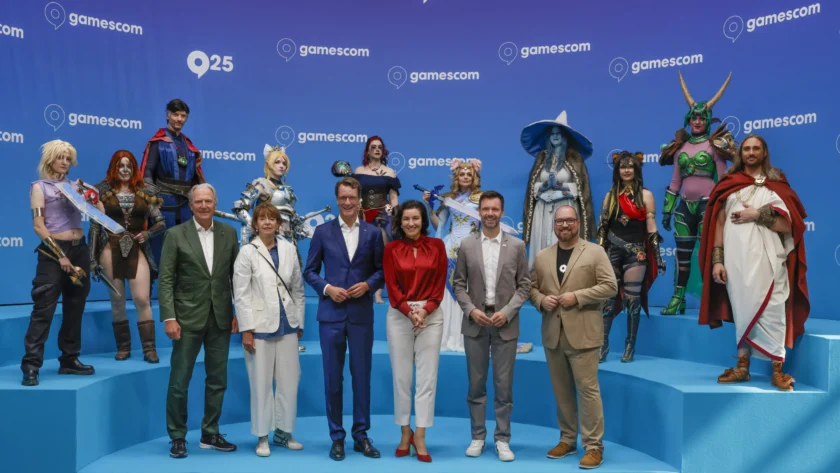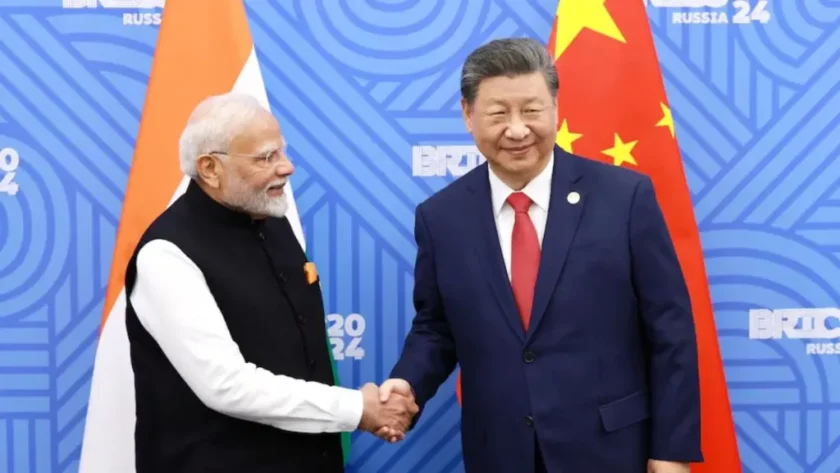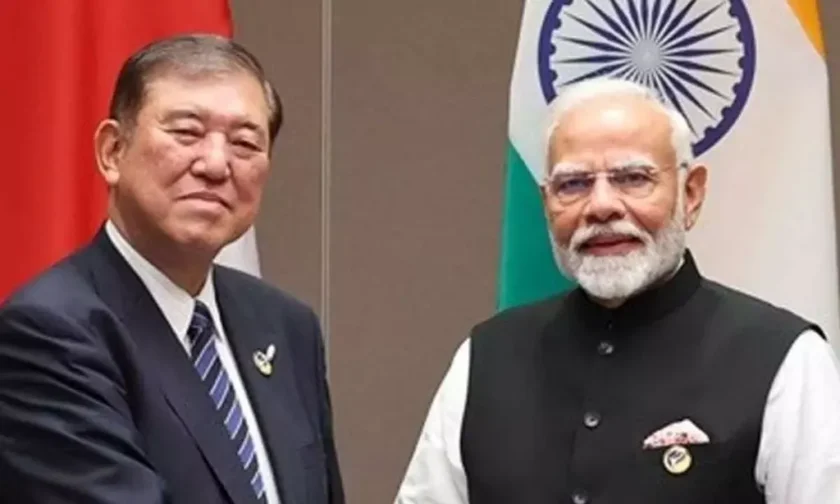Tel Aviv: In the narrow alleys of Gaza, where the sun casts long shadows over crumbling concrete and the air hums with the weight of history, children play. They chase makeshift soccer balls fashioned from rags, their laughter piercing the heavy silence that often blankets their world. These are the children of Gaza, often called “children of a lesser god” in poetic lament—born into a land where survival is an art, and childhood is a fleeting treasure guarded fiercely against the odds.Gaza is a place of contradictions. It is a strip of land, 25 miles long and barely 7 miles wide, home to over two million souls, half of whom are under 18. The density of dreams here is matched only by the density of hardship.
For these children, life is a tapestry woven with threads of resilience, loss, and unyielding hope. They are not defined solely by the conflicts that frame their homeland in newsreels; they are artists, dreamers, and storytellers, crafting futures from the fragments of their present.Take Amina, a 12-year-old girl with eyes like polished amber, who lives in a refugee camp in Jabalia. Her home is a modest structure of concrete blocks, its walls adorned with drawings she’s made with stubs of colored pencils scavenged from a local aid center. Amina wants to be a doctor, not just to heal bodies but to mend the spirits of those around her. She tells me, in a voice soft but steady, “When I grow up, I’ll make sure no one cries from pain.” Her words carry a weight beyond her years, shaped by nights spent listening to the distant rumble of conflict and days spent helping her mother fetch water from a communal tap.
Amina’s story is not unique. Across Gaza, children like her navigate a world where electricity flickers for only a few hours a day, where clean water is a precious commodity, and where schools—when they stand—are both sanctuaries and targets. Yet, in these same schools, children learn poetry, mathematics, and history, their minds hungry for knowledge despite the chaos outside. Teachers, often unpaid for months, speak of their students’ tenacity. “They come to class even when they’re hungry,” says Mahmoud, a teacher in Khan Younis.
“They want to learn, to escape, to become something more than what the world expects of them.”The phrase “children of a lesser god” might suggest abandonment, but these children are anything but forsaken. They are the heartbeat of Gaza, their laughter and dreams a defiance of despair. Consider Omar, a 10-year-old from Rafah, who spends his afternoons flying kites he makes from plastic bags and string. His kites soar above the rooftops, bright patches of color against a gray sky.
“When my kite flies high, I feel free,” he says, his grin wide enough to bridge the gap between earth and sky. Omar’s kites are more than playthings; they are symbols of a spirit that refuses to be grounded, even when borders are sealed and opportunities are scarce.Life in Gaza is shaped by a complex web of challenges. The blockade, ongoing since 2007, restricts the flow of goods and people, creating an economy where unemployment hovers near 50%. For children, this means limited access to nutritious food, medical care, and even toys. Yet, necessity breeds ingenuity. In Deir al-Balah, a group of teenagers has turned a vacant lot into a playground, using old tires and wooden planks to create swings and slides. Their leader, 15-year-old Noor, explains, “We made this place ourselves because we wanted somewhere to be kids.”
Noor’s hands are calloused from hauling materials, but her eyes sparkle with pride.The resilience of Gaza’s children is not born of choice but of necessity. They grow up quickly, learning to read the moods of the sky—whether it will bring rain or something more dangerous. They know the sound of a drone versus a jet, the difference between a distant explosion and one too close for comfort. Yet, they also know joy. They celebrate Eid with sticky sweets and new clothes when they can afford them.
They gather in courtyards to sing songs passed down from grandparents, their voices weaving a thread of continuity through a fractured history.International reports, like those from UNICEF, paint a stark picture: over 70% of Gaza’s children face food insecurity, and many suffer from psychological trauma. But statistics cannot capture the full humanity of these children. They are not just numbers in a report; they are individuals with names, dreams, and stories. Like Layla, a 14-year-old who writes poetry in a notebook she hides under her mattress. Her verses speak of olive trees and open seas, of a Gaza where children can run without fear. “I write to remember who I am,” she says, her voice a quiet rebellion against the forces that seek to define her by her circumstances.The world often sees Gaza’s children through a lens of pity or politics, but they are more than victims or symbols.
They are architects of their own futures, building with the tools they have—imagination, courage, and community. Local organizations, like the Gaza Community Mental Health Programme, work to support them, offering art therapy and safe spaces where children can express their fears and hopes. Volunteers describe children who paint vibrant murals over scarred walls, who turn stories of loss into tales of heroism. These acts of creation are acts of resistance, proof that even in the hardest places, humanity thrives.To call these children “of a lesser god” is a misnomer, for their spirits are vast, their dreams as boundless as any child’s. They are not lesser; they are extraordinary, shaped by a world that demands too much but gives them the strength to give back.
Amina, Omar, Noor, and Layla—they are the pulse of Gaza, the promise of a future that persists despite the weight of the present. Their laughter, their kites, their poems are not just acts of survival but declarations of life, vibrant and unbroken.As the sun sets over Gaza, casting a golden glow over the rooftops, the children gather in the streets. They kick their ragtag soccer balls, sing their songs, and dream their dreams. They are not defined by what they lack but by what they create, by the love they share, by the hope they carry. In their eyes, you see not a lesser god but a greater one—one that lives in the heart of every child who dares to imagine a better tomorrow.





